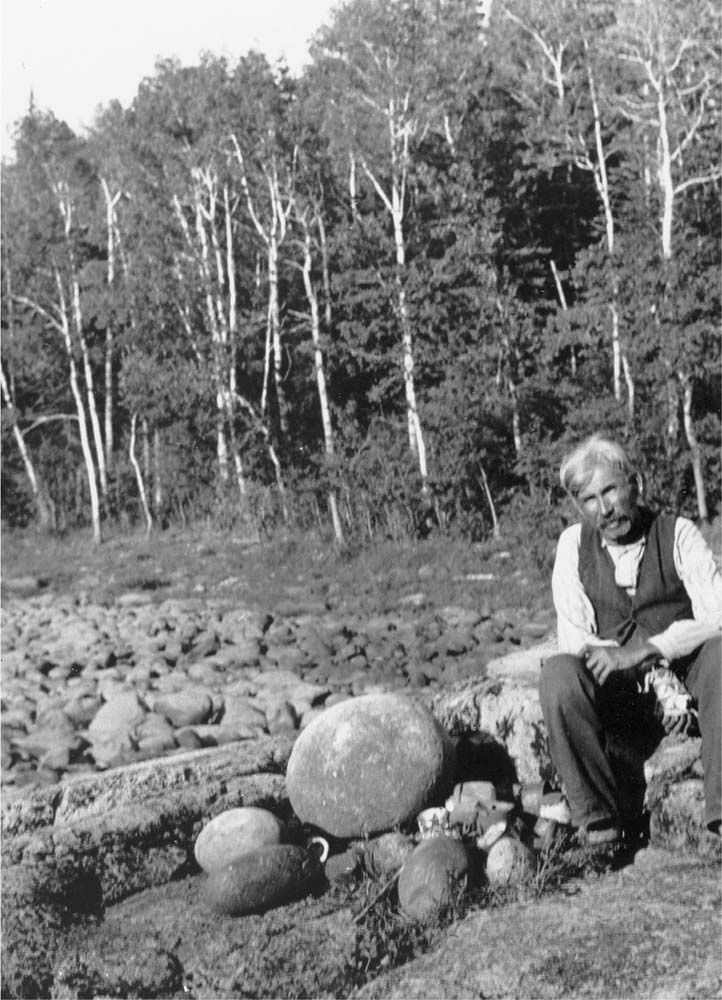I just watched the documentary Aby Warburg: Metamorphosis and Memory (Wechsler, 2016) via Kanopy (for free using my local library's gateway) and thought that others here interested in the ideas of memory in culture, history, and art history may appreciate it. While a broad biography of a seminal figure in the development of art history in the early 20th century, there are some interesting bits relating to art and memory as well as a mention of Frances A. Yates whose research on memory was influenced by Warburg's library.
Also of "note" is the fact that Aby Warburg had a significant zettelkasten-based note taking practice and portions of his collection (both written as well as images) are featured within the hour long documentary.
Researchers interested in images, art, dance, and gesture as they relate to memory may appreciate this short film as an entrance into some of Aby Warburg's more specialized research which includes some cultural anthropology research into American Hopi indigenous peoples. cc: @LynneKelly
 Chief William Berens seated beside the living stones of his elders; a picture taken by A. Irving Hallowell in 1930, between Grand Rapids and Pikangikum, Ontario, Canada. (American Philosophical Society)
Chief William Berens seated beside the living stones of his elders; a picture taken by A. Irving Hallowell in 1930, between Grand Rapids and Pikangikum, Ontario, Canada. (American Philosophical Society)